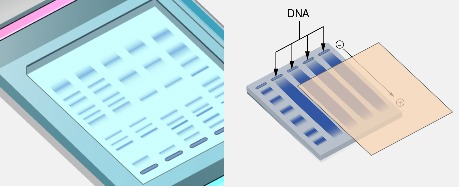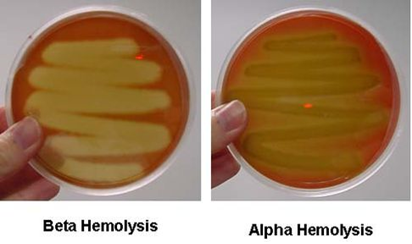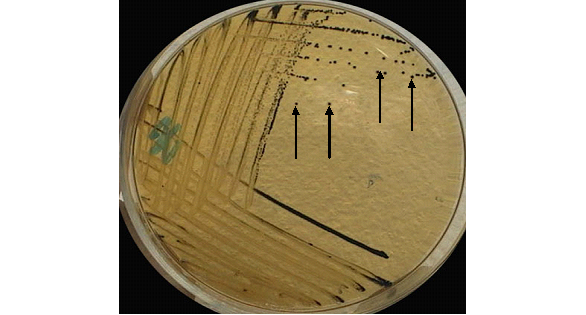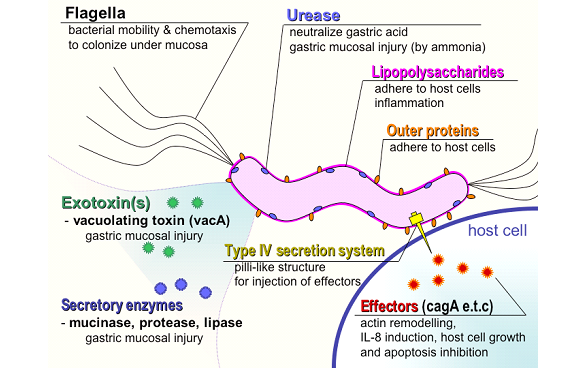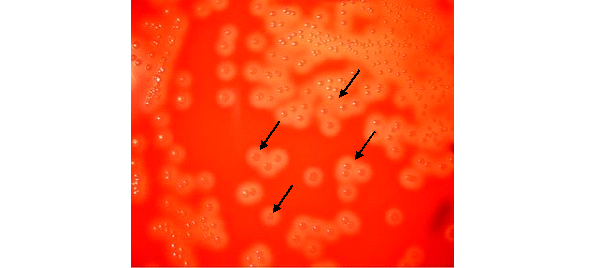International PhD Program in Microbiology (Germany) – FULLY FUNDED
International PhD Program in Microbiology Fully Funded PhD Positions Location: Marburg, Hessen (DE) Salary: TVöD (Tarifvertrag für den Öffentlichen Dienst) Closing date: 31 Jan 2025 Applicants should hold an MSc degree or equivalent in biology, biochemistry, genetics, molecular biology, microbiology, bioinformatics, chemistry, chemical biology, physics, biophysics, or another relevant field. The International Max Planck Research […]
International PhD Program in Microbiology (Germany) – FULLY FUNDED Read More »
Research & Proposal Tips & Scholarships links


